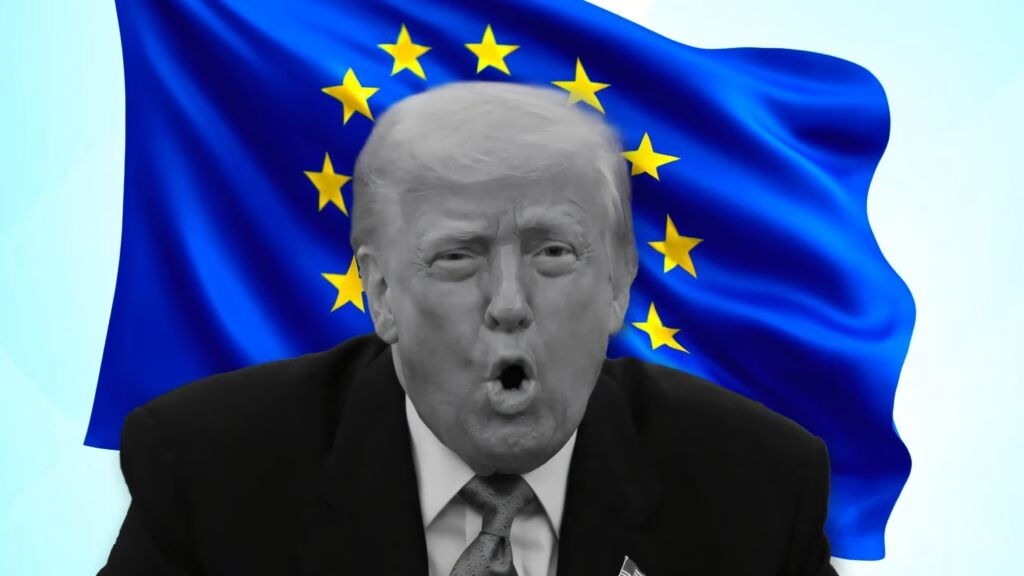President Trump’s recent tariff announcements have sent shockwaves through the automotive industry, particularly among European car manufacturers. The proposed 50 percent tariff on EU goods, initially set to take effect on June 1, has been postponed until July 9. This delay came after Trump’s conversation with European Commission President Ursula von der Leyen, but it still leaves many questions about the future of transatlantic trade.
What’s Behind the Tariff Threat?
Trump’s frustration with the slow pace of trade negotiations has led him to consider drastic measures. Originally, carmakers were bracing for a 20 percent tariff following a 90-day pause that was meant to ease tensions. However, the sudden shift to a 50 percent tariff feels like a tax grenade thrown into ongoing discussions, leaving many industry leaders scrambling for answers. The stakes are high, and the uncertainty is palpable.
Imagine the stress levels of European carmakers right now. They’ve been operating under a 10 percent tariff, and now they’re faced with the possibility of a steep increase that could dramatically affect their bottom lines. It’s no wonder that industry leaders might need cardio monitors just to keep up with the rollercoaster of tariff news.
What Does This Mean for European Carmakers?
The implications of these tariffs are significant. For instance, Volvo’s CEO has already hinted at the possibility of halting exports of its new EX30 electric SUV to the U.S. if a resolution isn’t reached. This is particularly concerning given that the U.S. and UK have already established a more favorable tariff arrangement, allowing British carmakers to operate under a 10 percent tariff. This disparity has left American automakers feeling frustrated, especially those whose vehicles are built in Canada and Mexico but still face tariffs.
The automotive landscape is changing rapidly, and the potential for a 50 percent tariff could force European manufacturers to rethink their strategies. Some may consider relocating production to avoid the hefty fees, while others might focus on enhancing local production capabilities to mitigate the impact.
Is This Just a Game of Negotiation?
Many observers are left wondering if Trump’s tariff threats are genuine or merely a negotiation tactic. The back-and-forth nature of his announcements suggests a strategy aimed at leveraging the situation to gain concessions from European leaders. The sudden extension of the deadline could be seen as a sign of flexibility, but it also raises concerns about the unpredictability of U.S. trade policy.
This uncertainty can create a chilling effect on investment and innovation within the automotive sector. Companies may hesitate to commit to new projects or expansions if they’re unsure about the regulatory landscape.
What’s Next for the Automotive Industry?
As the deadline approaches, all eyes will be on the negotiations between the U.S. and the EU. Will they reach a compromise that alleviates the pressure on carmakers, or will the threat of tariffs loom large over the industry? The outcome could reshape the automotive market for years to come.
The big takeaway? Navigating the complexities of international trade isn’t about perfection—it’s about making smarter adjustments. Whether you’re a carmaker or a consumer, staying informed and adaptable will be key. Keep an eye on developments, because the automotive industry is in for a wild ride.

